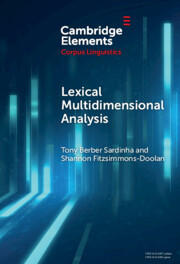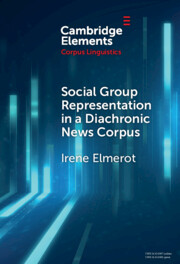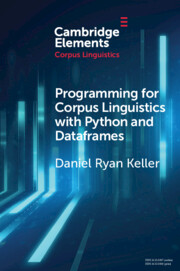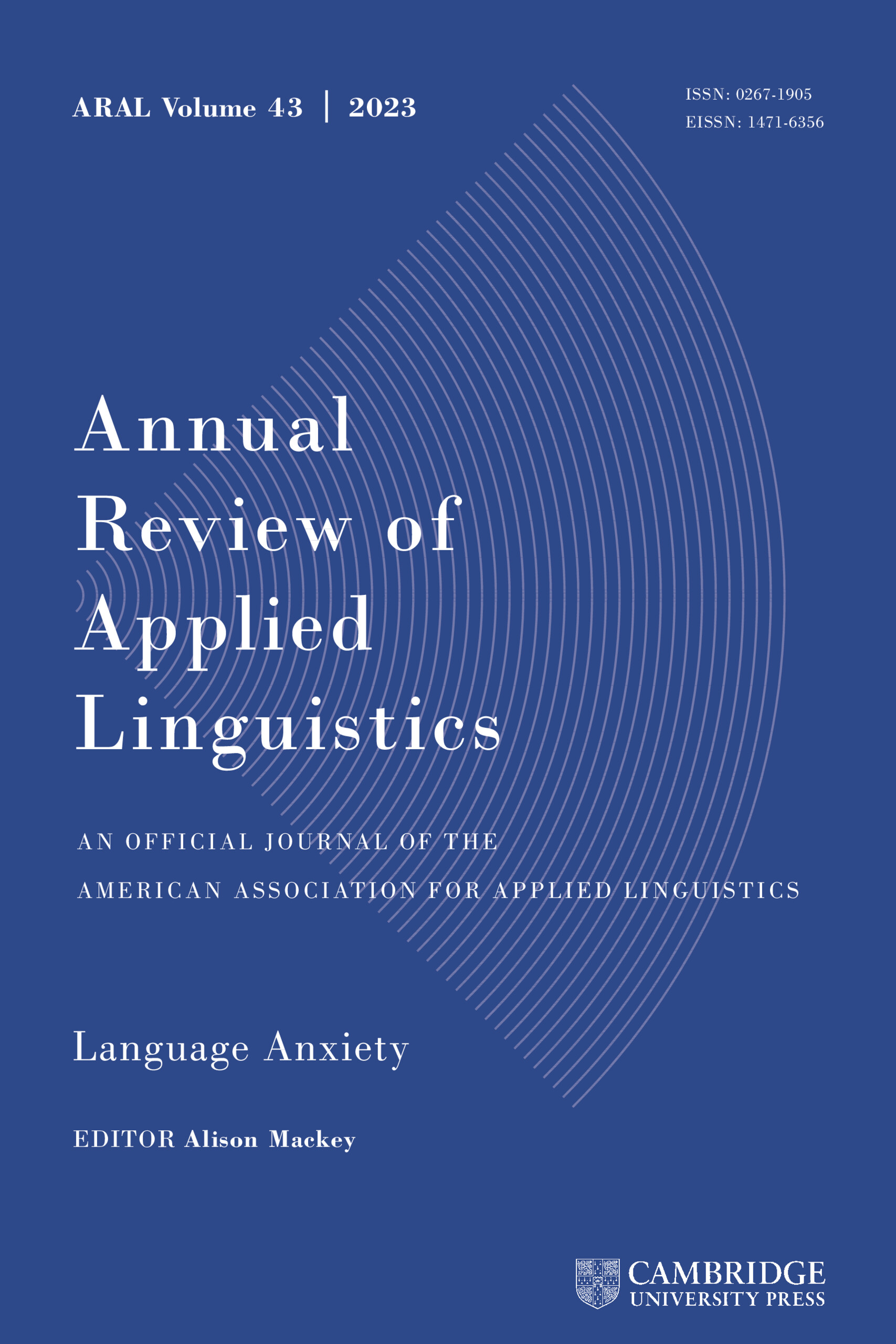Lexical Multidimensional Analysis
Lexical Multidimensional Analysis (LMDA), an extension of Biber's (1988) Multidimensional Analysis, seeks to identify dimensions (correlated lexical features across texts in a corpus) unveiling underlying patterns of lexical co-occurrence and variation within texts that are operationalized as a variety of latent, macro-level discursive constructs. Initially developed in the 2010s, LMDA has been applied to diverse domains, including education policy, national representations, applied linguistics, music, the infodemic, religion, sustainability, and literary style. This Element introduces LMDA for the identification and analysis of discourses and ideologies, offering insights into how lexis marks discourse formations and ideological alignments. Two case studies demonstrate the application of LMDA: uncovering discourses on climate change within conservative social media and analyzing ideological discourses in migrant education.
Product details
February 2025Hardback
9781009598439
92 pages
229 × 152 × 6 mm
0.271kg
Available
Table of Contents
- 1. Introduction
- 2. Synthesizing existing LMDA scholarship
- 3. How to conduct a lexical multidimensional analysis
- 4. Case study 1: the discourses around climate change on a conservative social media platform
- 5. Case study 2: exploring the distribution of selected migrant education ideological discourses over time and register
- 6. Conclusion
- References.









